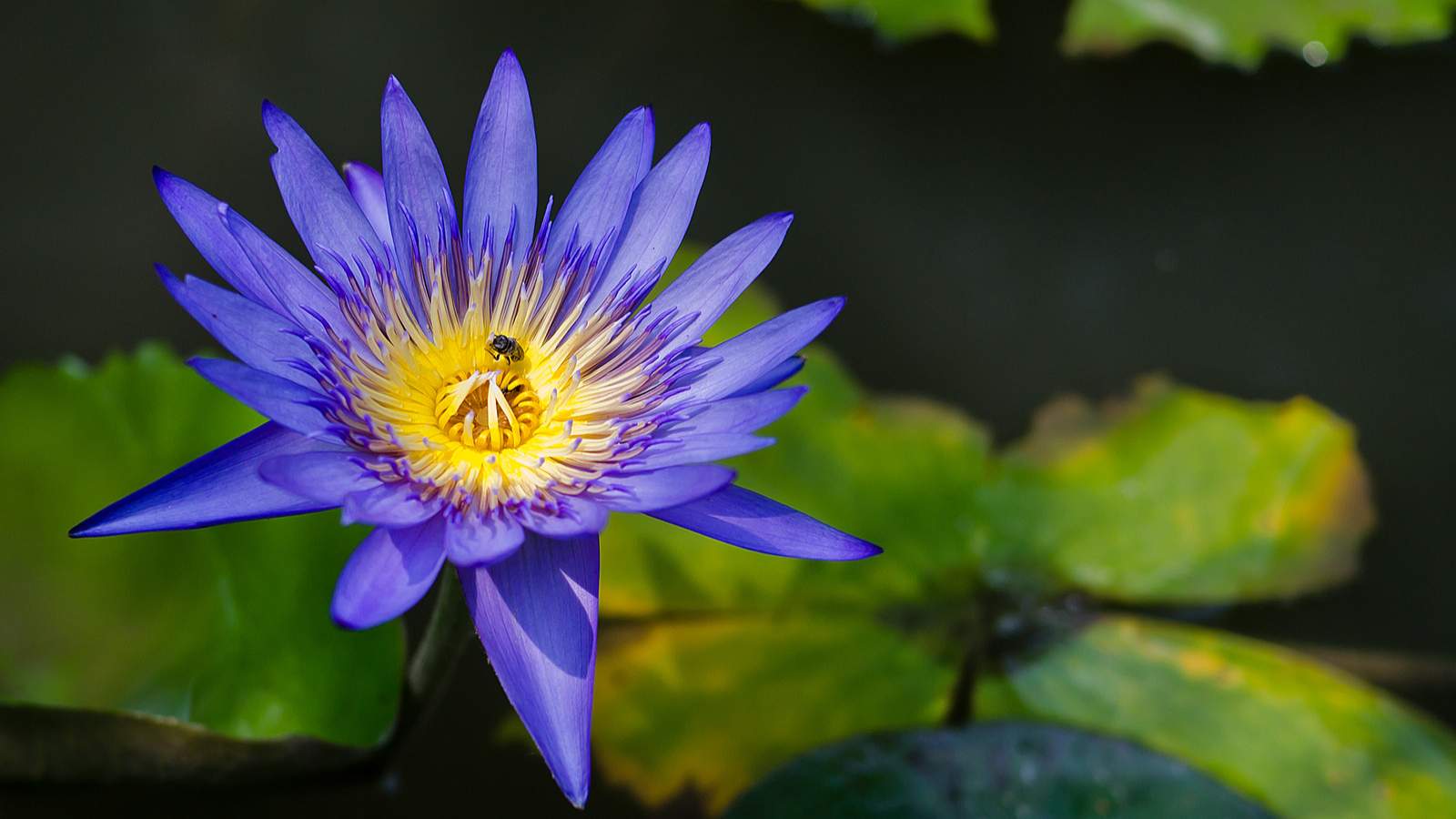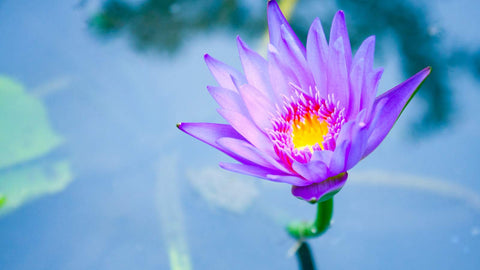The Blue Lotus - On the cultivation and use of
Blue water lilies
Also known as Nymphaea caerulea, the Blue Lotus is a beautiful and fascinating plant that has been valued in both traditional medicine and spiritual practice for centuries. The blue lotus has a long history and is revered in many cultures as a symbol of wisdom, spiritual enlightenment and immortality.
In this article, we will take a detailed look at growing and using Nymphaea caerulea and give you tips on how to successfully grow this fascinating plant in your garden or aquarium.
Anbau von Nymphaea cerulea
The Blue lotus can be grown both in water and on land. If you want to grow the plant in a body of water, it is best to plant it in a pond or aquarium with a water depth of at least 30 cm. The soil should be moist but well-drained and the water should be warm and acidic.
If you plan to grow the plant on land, you should plant it in an area with full sun or part shade and keep the soil moist. The blue lotus needs regular water and should be fertilized regularly during the growth phase.

Use of Nymphaea caerulea
The Blue Lotus has a long history in both traditional medicine and spiritual practice. The flowers of the plant contain a number of alkaloids that act as anxiolytics, antidepressants, and sedatives. In traditional medicine, the flowers are often used to treat anxiety, depression and sleep disorders.
In spiritual practice, the blue lotus is often used in meditation rituals and revered as a symbol of spiritual enlightenment and immortality. In Egyptian temples, the plant was often used in ceremonies and was considered a symbol of creation.
Even in modern culture, the blue lotus is often used in body care. Oils and creams made from the flowers of the plant are often used as natural remedies for skin problems and can help soothe and tighten skin.
Harvesting and storage of Nymphaea caerulea
The blue lotus is a hardy plant and can be easily grown both in the garden and in the aquarium. The flowers of the plant can usually be harvested from June to September. The buds should be harvested carefully so as not to damage them.
The harvested buds can be used either fresh or dried. Fresh buds should be processed or stored as soon as possible to ensure they don't spoil. Dried buds can be kept in airtight containers and should be stored in a cool, dry place.
Conclusion
The Blue lotus is a fascinating plant with a long history and versatile uses. Whether you grow it in your garden or aquarium, use it in traditional medicine, or include it in spiritual rituals, the blue lotus will make a valuable addition to any garden or collection. With proper care and use, you can enjoy this beautiful plant for many years.


